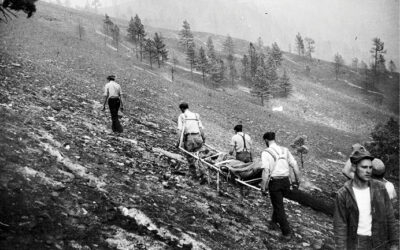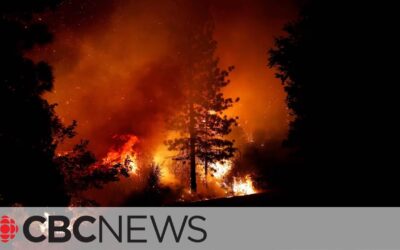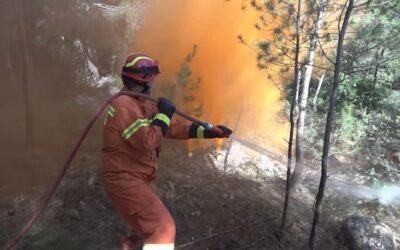A multipurpose device that offers a complete protection of the face and the face and respiratory tract against particles, gases and vapors.
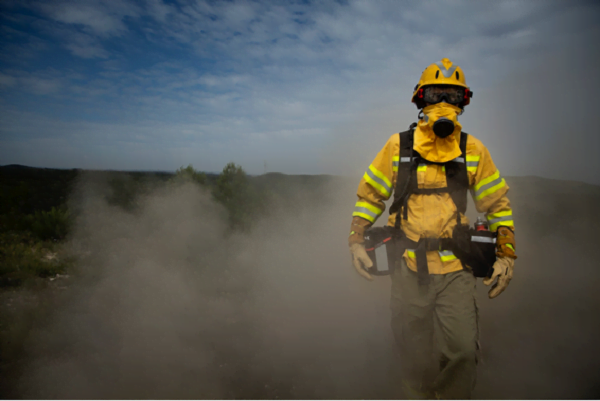
Vallfirest – Wildland firefighters are exposed to several labor risks; heat, humidity, radiation, incandescent particles, microparticles, nanoparticles, smoke, fog, aqueous dispersions, viruses, bacteria, enzymes, proteins, gases, organic and inorganic vapors, acids, amine and formaldehyde in slow combustion.
The lack of solutions to protect firefighters from these contaminant agents limits the time of fire management’s interventions, and represents a significant damage to the health of firefighters, with short-term consequences (causing discomfort, choking sensation and poisoning) and long-term sequel (continued exposure to CO and formaldehyde can lead to disabling occupational diseases and even cancer).
The Xtreme Mask is an effective solution to protect the face and the respiratory tract in extreme situations*.
A multipurpose device specifically designed for wildland firefighting
The Xtreme Mask adapts completely to every protection need that can occur in a wildfire. It allows the coupling of different filters according to the operative:
- Firefighting
Reusable P3 particle filter (included). Protection against heat, humidity, radiation, incandescent particles, microparticles, nanoparticles, smoke, fog, aqueous dispersion, viruses, bacteria, enzymes, proteins. - Finish and interface
Reusable ABEK1P3 multigas filter (optional). Protection against heat, humidity, radiation, incandescent particles, microparticles, nanoparticles, smoke, fog, aqueous dispersion, viruses, bacteria, enzymes, proteins, gases and organic and inorganic vapors, acids, amine and formaldehyde in slow combustion.
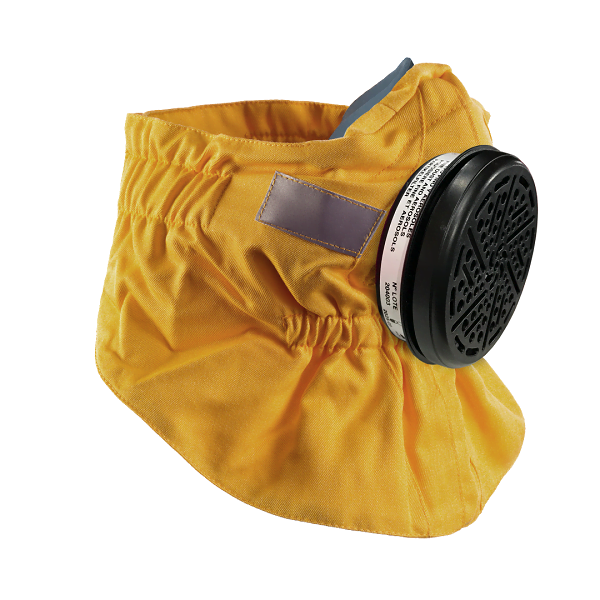
Respiratory comfort with a high level of protection
Set consisting of a half mask with two exhalation valves (so that carbon dioxide escapes faster, increasing respiratory comfort), an interchangeable filter and a textile mask, certified according to EN 15614: 2007, which offers high protection against radiation.
The excellent fit and sealing of the half mask to the face and its direct connection to the filter multiply its degree of filtration, offering protection of up to 99.92%.
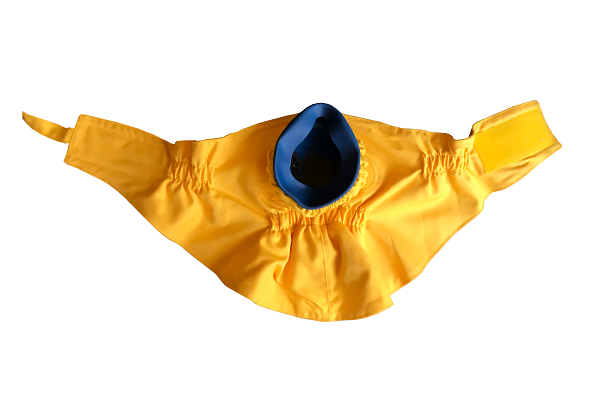
Comfortable and lightweight
Low nasal profile mask, adjustable on Caucasian, Asian, African-American and American faces. Compatible with most glasses available on the market.
Perfect integration with the rest of the protection equipment
Quick adjustment without removing the helmet, thanks to its double velcro® system.
All the components that make up this product have been manufactured following the requirements of the European Regulation.
Textile
EN ISO 11612:2015 Protective clothing. Clothing to protect against heat and flame. Minimum performance requirements
EN ISO 13688:2013 Protective clothing. General requirements.
EN 15614:2007 Protective clothing for firefighters. Laboratory testing methods and requirements for forestry clothing.
Half mask
EN 140:19998 Respiratory protection equipment. Half mask.
P3 R Filter
EN 143:2004 + A1:2006 Respiratory protection equipment. Filters against particles. Requirements, testing, marking.

ABEK1P3 Filter
EN 14387:2004+A1:2008 Respiratory protective devices. Gas filters and combined filters. Requirements, testing, marking
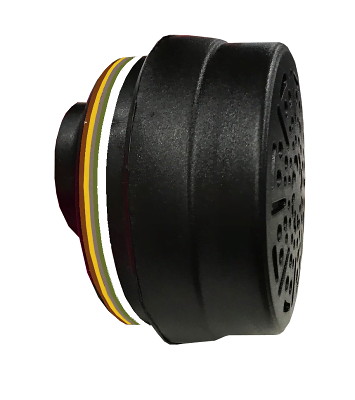
* Standards and regulations regarding labor risk prevention must be observed, as well as the suitability of their use and possible limitations.

